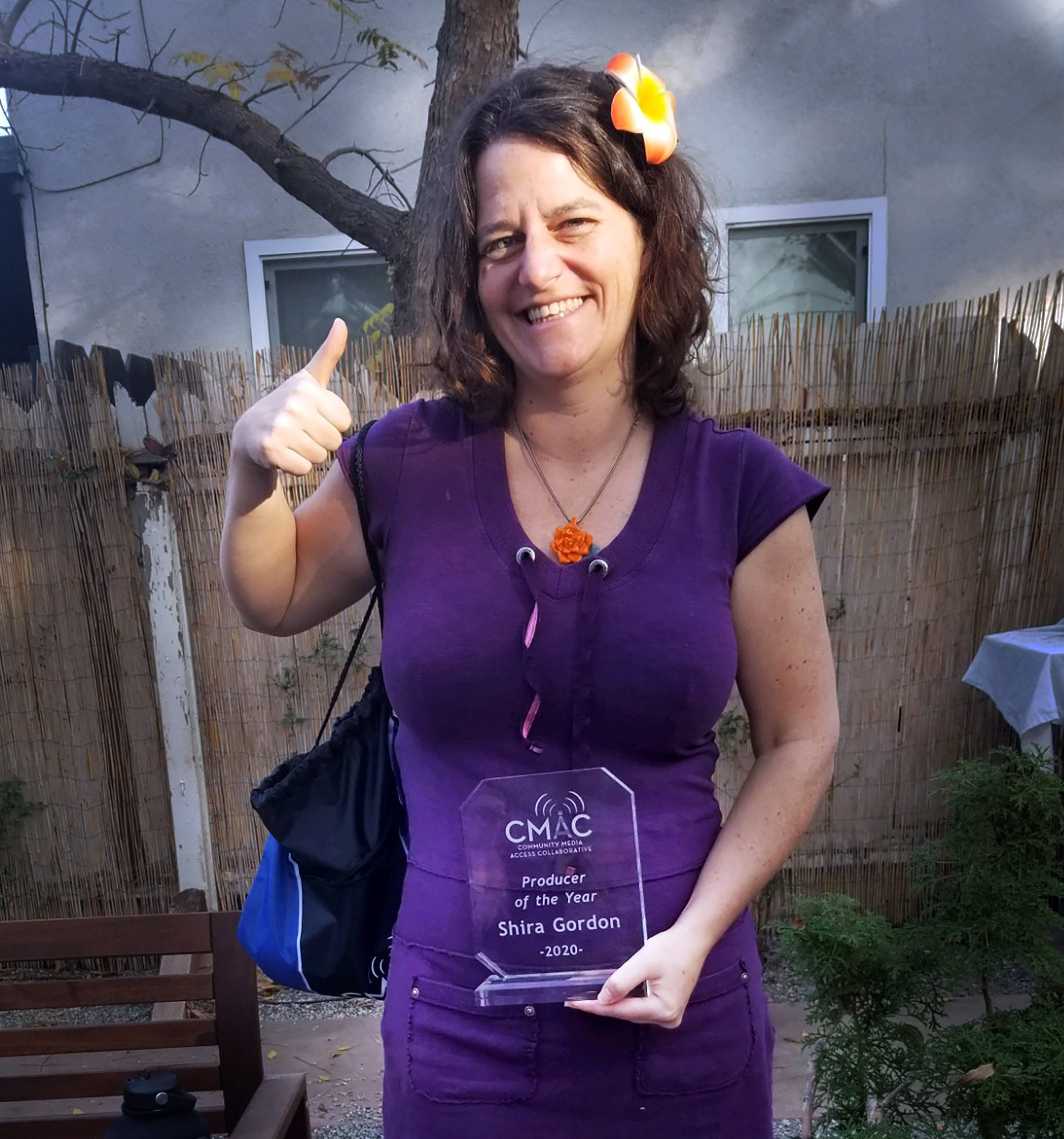
Shira D. Gordon, Ph.D.
Twitter, Instagram, Facebook @SheRockScience
#SheRockScience
shiradeg@gmail.com
Science Communicator
Business Website:
SheRockScience Production
https://SheRockScience.com/
https://www.linkedin.com/in/shira-d-gordon/
PhD, 2010, University of Cincinnati, Biological Sciences
MS, 2006, University of Georgia, Entomology
BA, 2002, University of Colorado,
Major: Environmental, Populational, Organismal Biology;
Minor: Biochemistry
I currently work as a freelance science communicator. For my business page, please visit SheRockScience Production. I make videos, create graphics, storyboards, write articles, edit, and more, working with companies to help with their communication needs. Please see examples of my work throughout my website. I have additional examples that are available upon request.
I work with various companies: IQ Solutions, Rapid Science, Cactus Communications, FSTI, FRoG, Odetta, & Illustrator for a book (Spring 2020).
If you have a project in mind, I am open to new directions. Please contact me to discuss future opportunities.
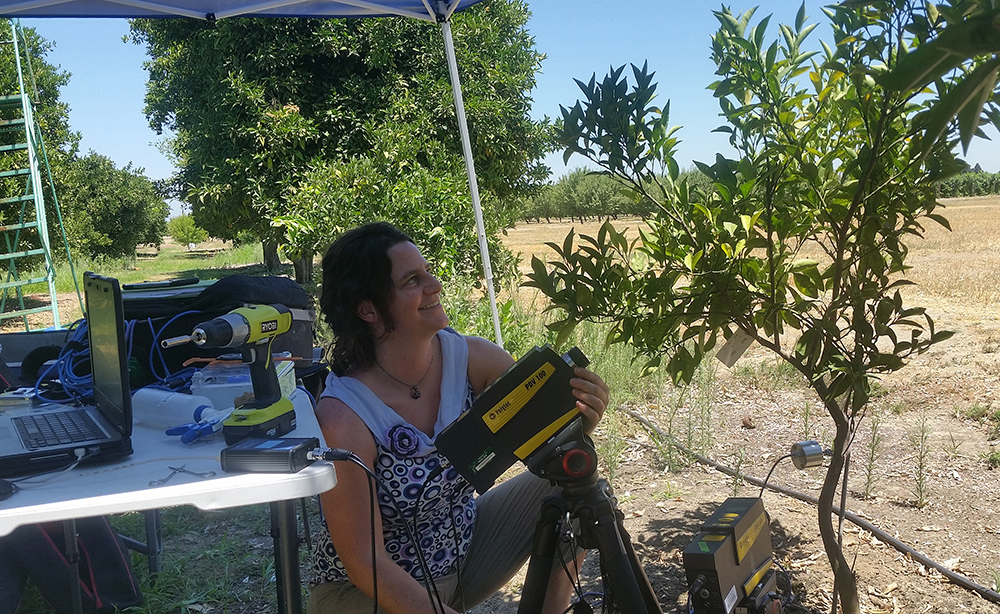
United States Department of Agriculture–ARS Crop Diseases, Pests and Genetics Research
At the USDA my research focused on the glassy-winged sharpshooter (GWSS), Homalodisca vitripennis. This pest is an important vector of Xylella fastidiosa, a plant pathogenic bacterium that can kill grapevines. Since GWSS mate selection behaviors rely on vibrational communication, what if signals can be interfered with to prevent communication? If animals fail to locate, recognize, or accept a potential mate they may move away or ultimately reduce population densities due to lack of fertilization. I explored how they communicate with each other and use playback of calls and white noise to disrupt their behaviors.
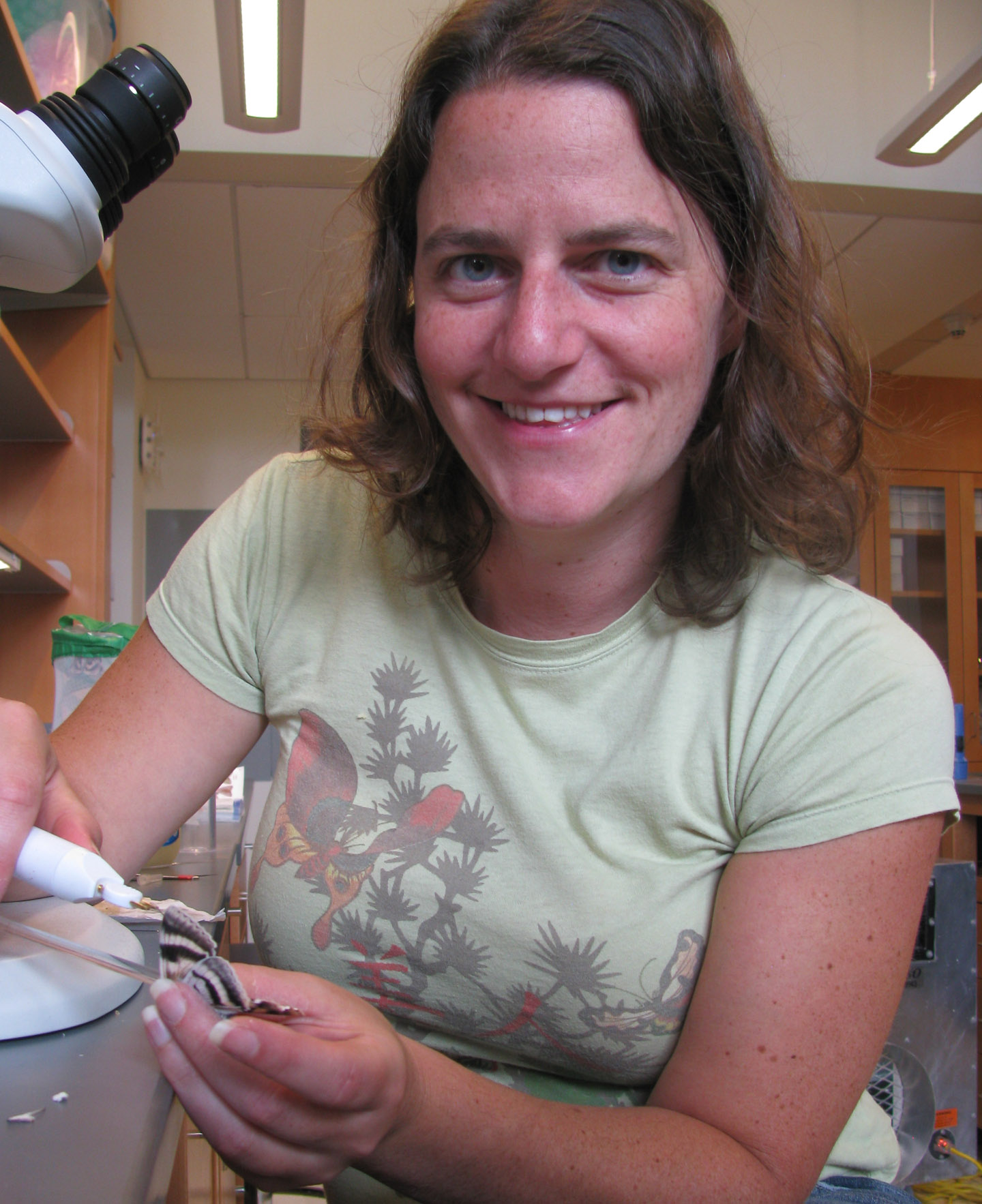
Dartmouth College, Department of Biological Sciences
My research at Dartmouth College focused on moth hearing responses to bat calls using neurobiology and behavior. The noctuid moth ear is one of the most simple ears with only two auditory receptor neurons per ear. However, the moth has complex behaviors and responds to bat calls that are distant (low sound levels) by turning away and closer (louder sound levels) with erratic flight behavior.
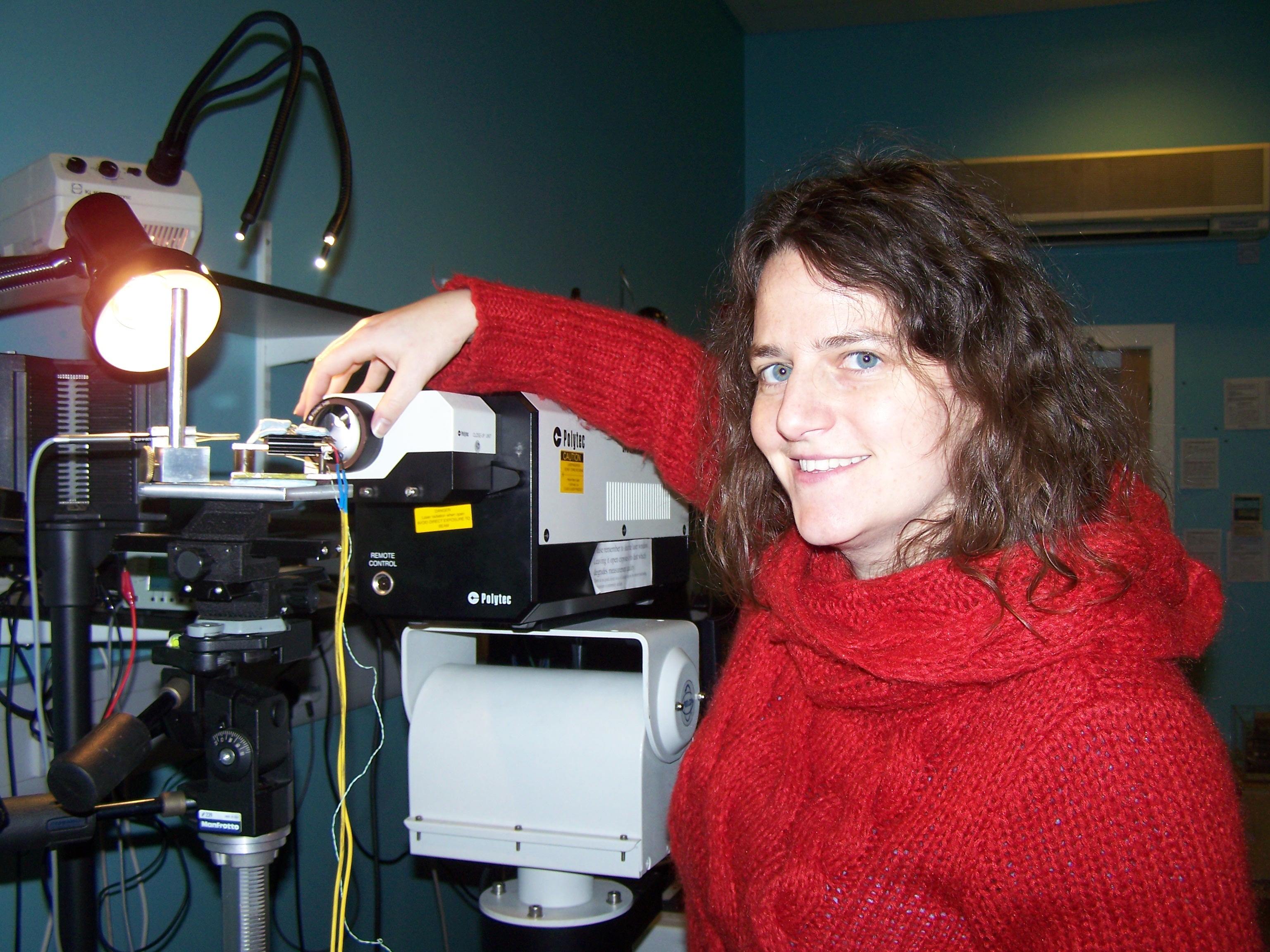
University of Strathclyde, Department of Electronic and Electrical Engineering, Center for Ultrasonic Engineering
My first postdoctoral fellowship I studied bioacoustics, focusing primarily on locust hearing. I researched the movement of their ear drum with sound and their neurophysiological responses. Engineers then took this information to create microphone mimics. In my research, I considered several environmental factors that may affect hearing: phase (an epigenetic effect resulting in gregarious/solitary animals), age, & temperature. I also studied how spider silk vibrates with sound.
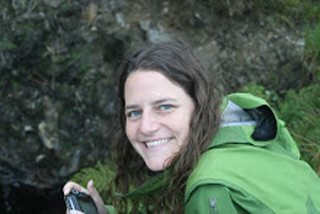
University of Cincinnati, Department of Biological Sciences
My Ph.D. work focused on wolf spider, Schizocosa ocreata, courtship communication. I studied multimodal communication, but focused on vibration. My projects centered on how environmental factors like substrate or noise influenced spider communication.

University of Georgia, Department of Entomology
During my Masters, I studied the development of a parasitoid wasp, Copidosoma floridanum, as it went from 2 to 2000 identical embryos. I used biochemistry, developmental biology, cell biology, and genetics to understand how the brood multiplied and if there was cellular communication between the developing morula.
#SheRockScienceProduction
